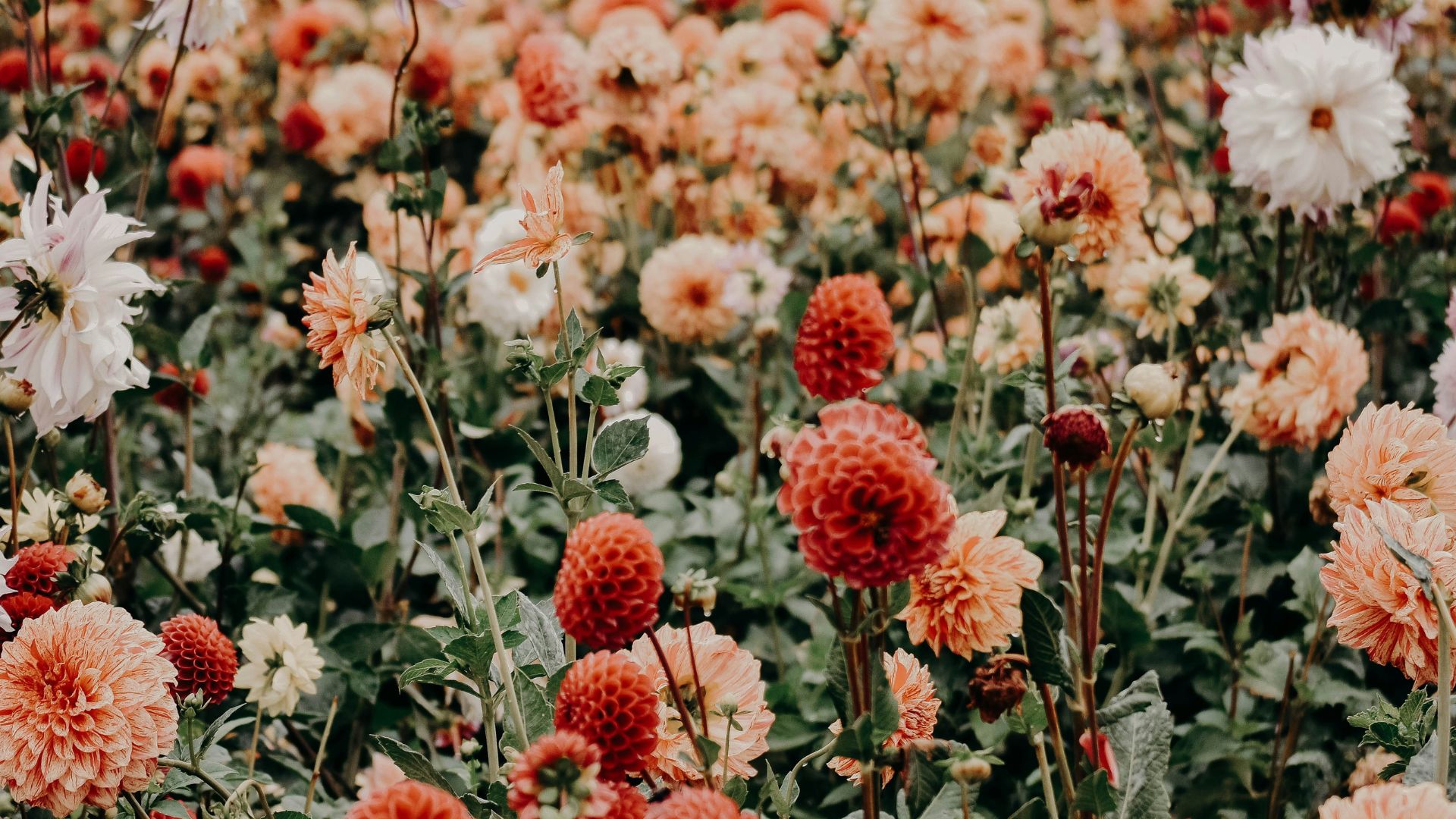A conservatory is a beautiful addition to any home. It’s a place where nature meets architecture, creating a serene environment filled with light and life. The combination of natural sunlight filtering through the glass and the cozy interior atmosphere makes it an ideal space for relaxation, reflection and rejuvenation. To make the most of your conservatory, choosing the right plants is essential. The right selection not only enhances the aesthetic appeal but also contributes to the overall wellbeing of your indoor environment. The following guide will help you select the top 10 best plants for your conservatory that thrive in the unique conditions it offers.
1. Peace Lily
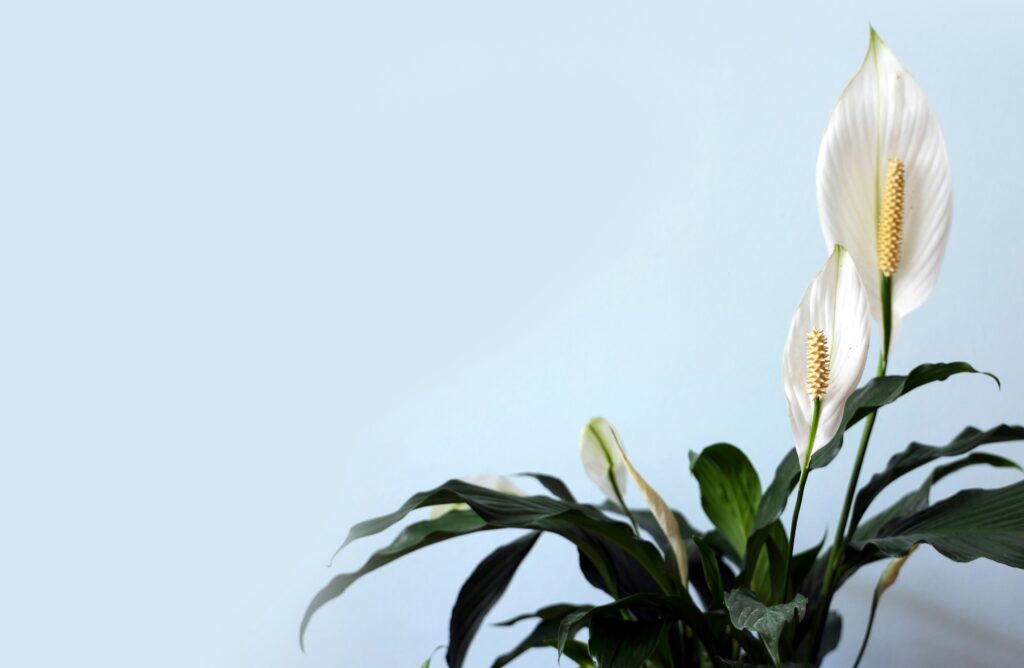
The Peace Lily is a popular choice for conservatories due to its ability to thrive in low light conditions. This plant is not only beautiful with its glossy green leaves and white flowers, but it’s also known for its air-purifying qualities. Its ability to remove toxins such as formaldehyde and benzene from the air makes it a healthy choice for your indoor space. Peace Lilies are relatively easy to care for, requiring just a moderate amount of water to keep the soil moist. The can also adapt to various humidity levels, making them versatile and forgiving for beginners.
Moreover, Peace Lilies are know for their resilience, being able to bounce back from the occasional neglect. They also serve as a natural indicator of the air quality in your conservatory; if the leaves start to droop, it might be time to adjust the humidity or check for drafts. With their elegant appearance and practical benefits, Peace lilies are a must-have for any conservatory enthusiast looking to create a peaceful and clean environment.
2. Ficus
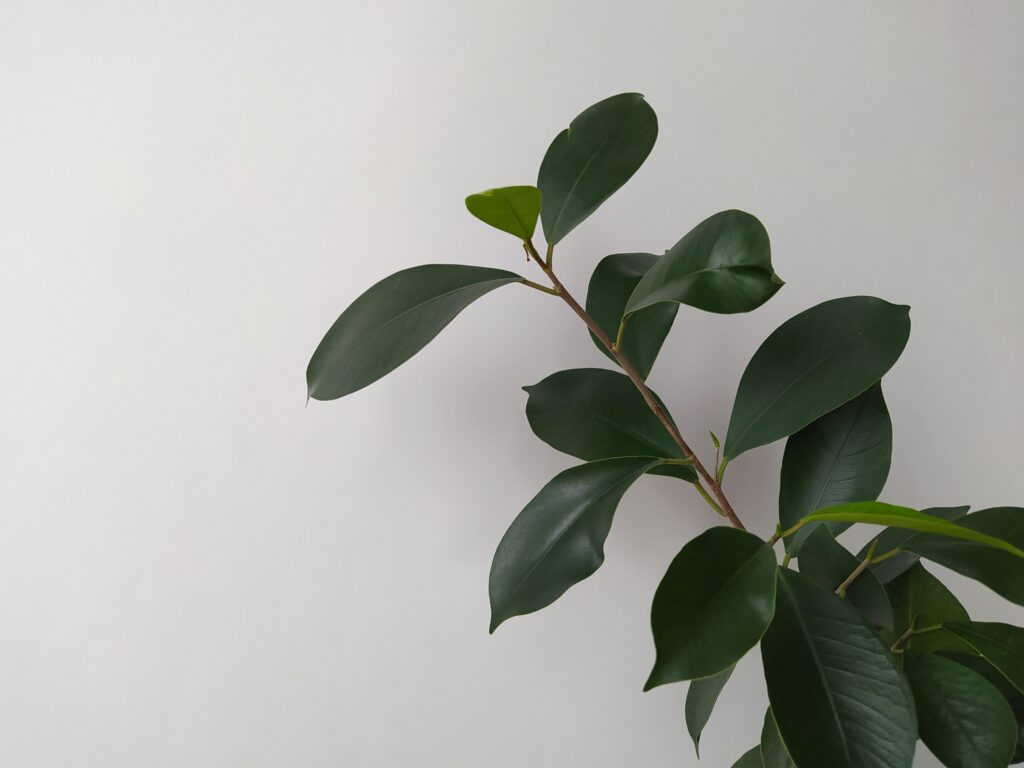
Ficus plants are a staple in many conservatories. They come in various forms, from towering Ficus benjamina to the smaller Ficus elastica, also known as the Rubber Plant. These plants prefer bright, indirect sunlight and can tolerate some drought. With their lush foliage, Ficus plants add touch of the tropics to your sunroom, creating n exotic ambiance.
In addition to their aesthetic appeal, Ficus plants are known for their longevity and robustness. They can grow into impressive specimens that become the focal point of your conservatory. While they are generally low-maintenance, Providing them with occasional pruning can help maintain their shape and encourage bushier growth. Their ability to adapt to different light conditions makes them a versatile choice, allowing you to experiment with various placements within your conservatory.
3. Orchids
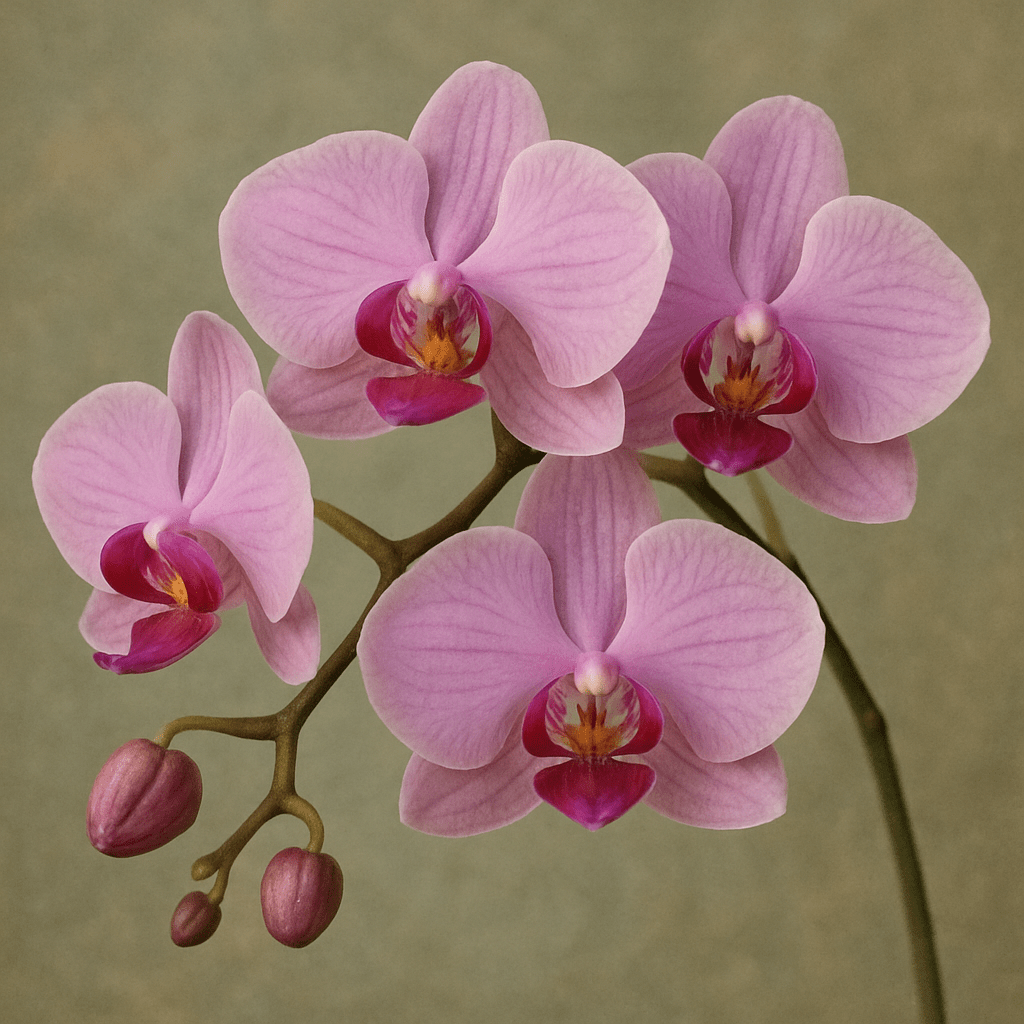
Orchis are the epitome of elegance and are perfect for a conservatory setting. These exotic plants require a bit more attention and humidity to thrive, but their stunning blooms make them worth the effort. Place orchids in an area with filtered light and maintain a consistent watering schedule to enjoy their beauty year-round.Their intricate flowers can add a sense of luxury and sophistication to any space.
Orchids also come in a vast array of colours and patterns, offering endless possibilities to match your decor. While they might seem intimidating due to their reputation for being delicate, understanding their basic needs can make them surprisingly manageable. Providing the right type of potting medium and ensuring good air circulation around the roots are key to their success. With a little patience and care, orchids can reward you with blooms that last for month, adding a timeless beauty to your conservatory.
4. Fern
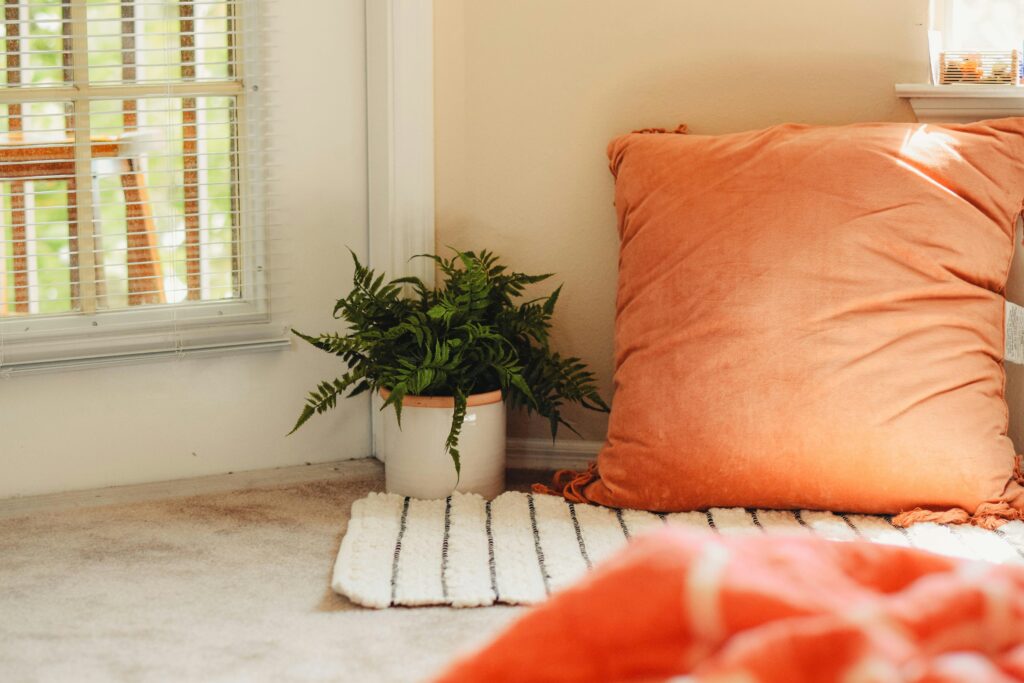
Ferns are a classic choice for any garden space, including conservatories. They love the humid environment and provide a lush, green backdrop to other flowering plants. With varieties like the Boston Fern and Maidenhair Fern, You can enjoy their delicate fronds and brig a piece of the forest into your home. Their soft, feathery appearance adds a touch of grace and tranquility to your space.
In addition to their esthetic benefirs, ferns are excellent at improving indoor air quality. They are known to asbord pollutants and release oxygen, creating a fresher and healthier atmospher. To keep ferns thriving, ensure they receive adequate moisture and avoid direct sunlight, which can scorch their delicate leaves. With the right care, ferns can beome long-lasting components of your conservatory, complementing other plants with their rich textures and virant greenery.
5. Citrus Tree
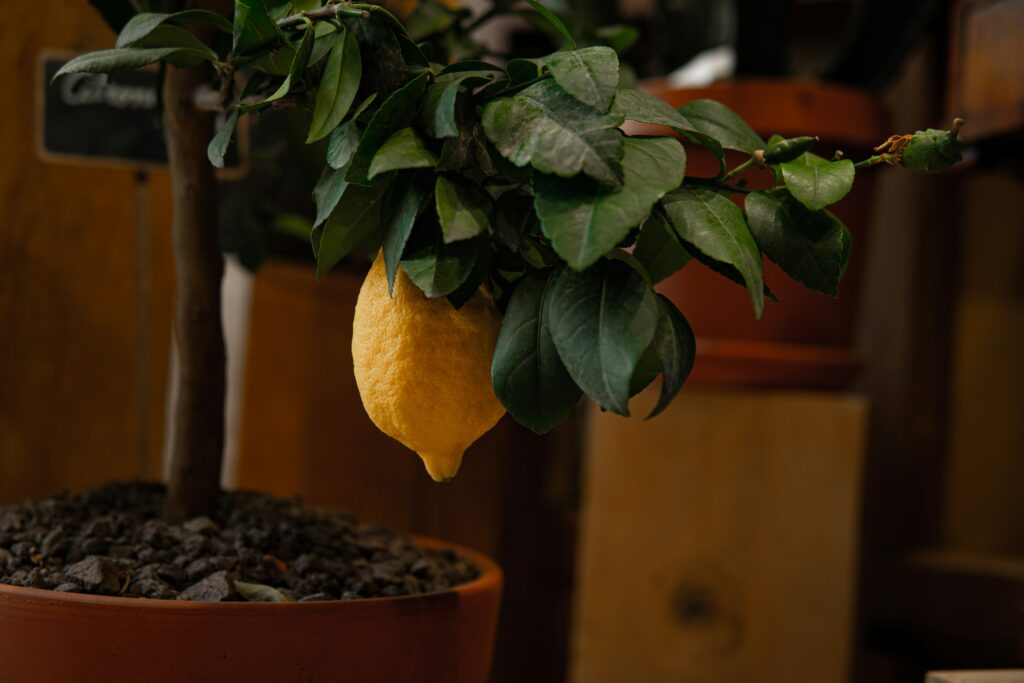
Adding a citrus tree to your conservatory can transform it into a fragrant, fruitful retreat. Lemon, lime and orange trees thrive in the sunny, warm conditions of a conservatory. Not only do they produce delicious fruit, but they also fill the air with a delightful citrus scent. The sight of ripening fruits against lush green leaves can bring a touch of the Mediterranean to your home.
Citrus trees are relatively easy to care for, requiring regular watering and occasional feeding to support their growth and fruit production. They also benefit from good air circulation to prevent fungal diseases. With their ability to flower and fruit simultaneously, citrus trees can provide year-round interest and a continuous harvest. Weather you enjoy their fruits fresh or use them in culinary creations, having a citrus tree in your conservatory is both a visual and sensory delight.
6. Hibiscus
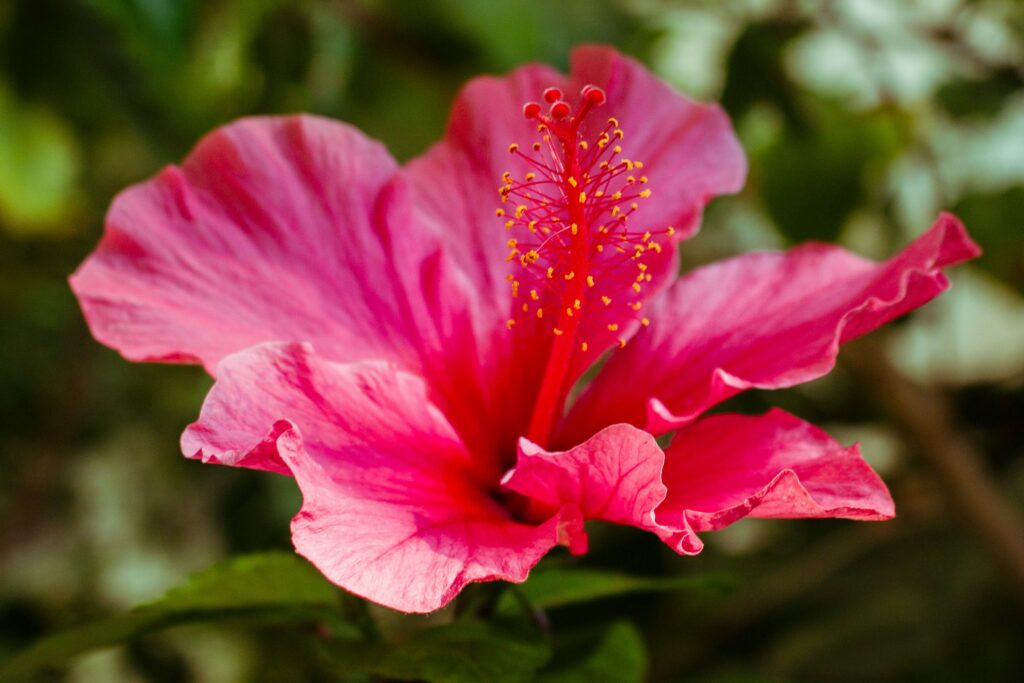
The vibrant blooms of hibisucs plants can bring a splash of colour to your conservatory. These tropical plants love sunlight and warmth, making them ideal for a sunroom environment. With regular watering and feeding, Hibiscus plants can bloom continuously, providing a stunning visual display. Their large, colourful flower can serve as focal points, drawing attention and admiration.
In Addition to their visual appeal, hibiscus flower attract beneficial pollinators such as bees and butterflies, enhancing the biodiversity of your indoor garden. To ensure their success, provide them with well-draining soil and protect them from temperature extremes. Pruning after flowering can encourage bushier growth and more prolific blooming. With their cheerful presence, hibiscus plants can uplift the mood of any conservatory, making it a vibrant and lively space.
7. Spider Plant
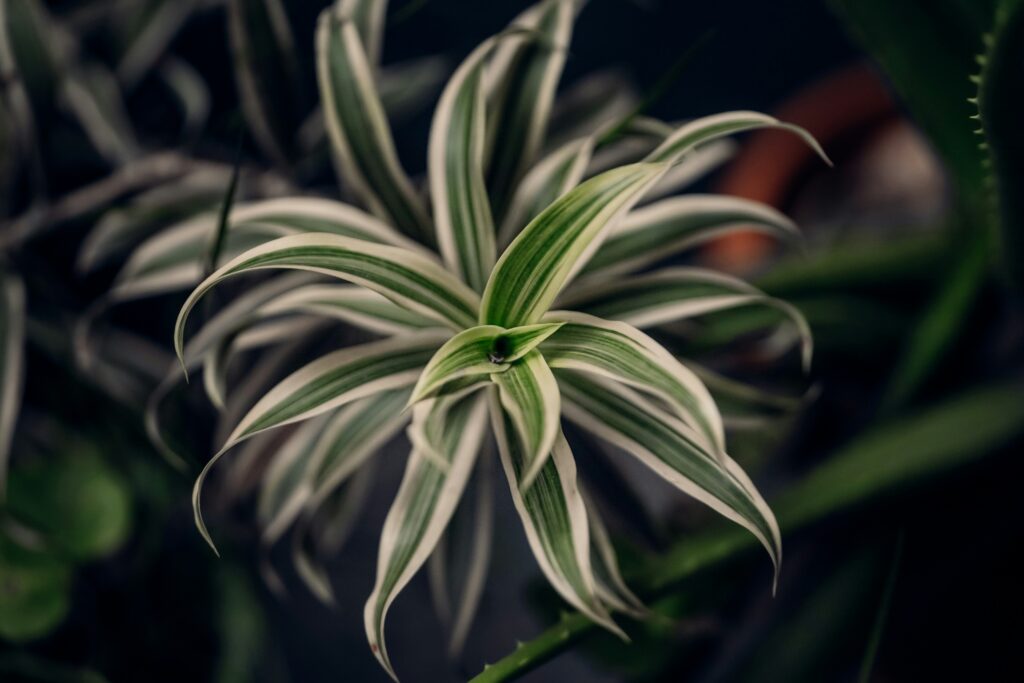
The Spider Plant is a hardy, low-maintenance option for your conservatory. Known for its arching green leaves with white stripes, it can thrive n a variety of lighting conditions. Spider Plants are also excellent at purifying the air, making them a healthy addition to your indoor garden. They are particularly effective at removing pollutants such as carbon monoxide and formaldehyde.
One of the the unique features of the Spider Plant is their ability to produce “pups” or plantlets, which can be propagated into new plants. This makes them an excellent choice for those looking to expand their plant collection or share with friend and family. Spider Plants are forgiving of occasional neglect and can recover from missed watering, making them ideal for busy individuals or novice gardeners. Their cascading foliage adds movement and interest to your conservatory, creating a dynamic and lively atmosphere.
8. Succulents
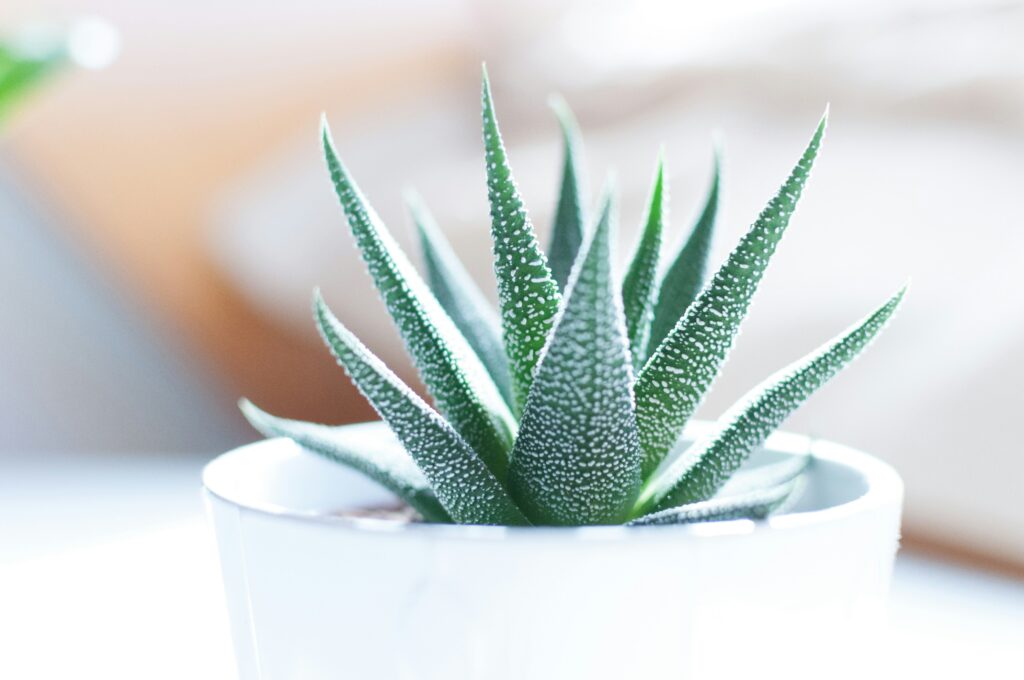
Succulents are perfect for those who prefer a low-maintenance plant collection. They require minimal watering and can handle the bright, direct sunlight that a conservatory often provides. With their unique shapes and textures, succulents can add an interesting focal point to your plant arrangements. Their ability to store water in their leaves makes them resilient to drought conditions, reducing the need for frequent care.
There is an incredible variety of succulents to choose from, each with its own distinct form and coloration. From the rosette shaped Echeveria to the striking Aloe Vera, Succulents offer endless possibilities for creative arrangements. They can be planted in individual pots or combined in larger containers to create stunning displays. By mixing different types and sizes, you can create a visually appealing and diverse collection that enhances the uniqueness of your conservatory.
9. Bougainvillea
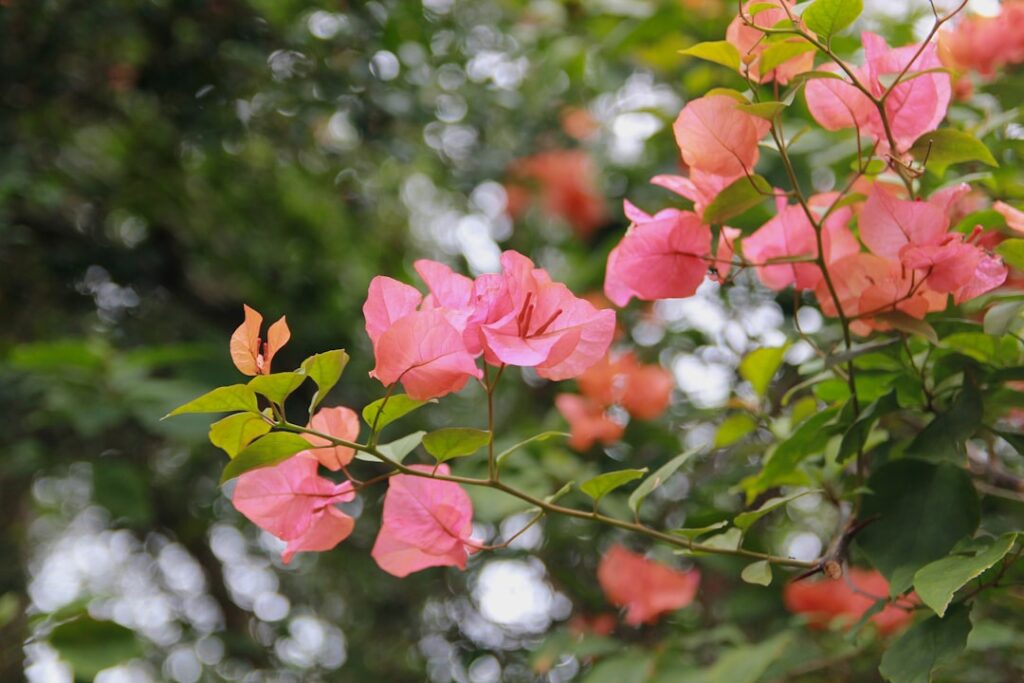
Bougainvillea is a striking plant known for its vibrant, paper like flowers. These plants thrive in sunny environments and can grow as a climbing vine or a potted bush. Bougainvillea requires regular watering and a well draining soil to flourish, rewarding you with a stunning display of colour. Their bold hues can create a dramatic contrast against the greenery of the other plants.
These plants are relatively fast growing, allowing you to quickly transform your conservatory into a riot of colour. To keep bougainvillea healthy and flowering, provide them with a balanced fertiliser during the growing season and prune them to maintain their shape. Their versatility in form allows for creative placement, whether trained on trellises or cascading from hanging baskets. With their presence, bougainvillea can add a touch of passion and energy to your conservatory.
10. Palms
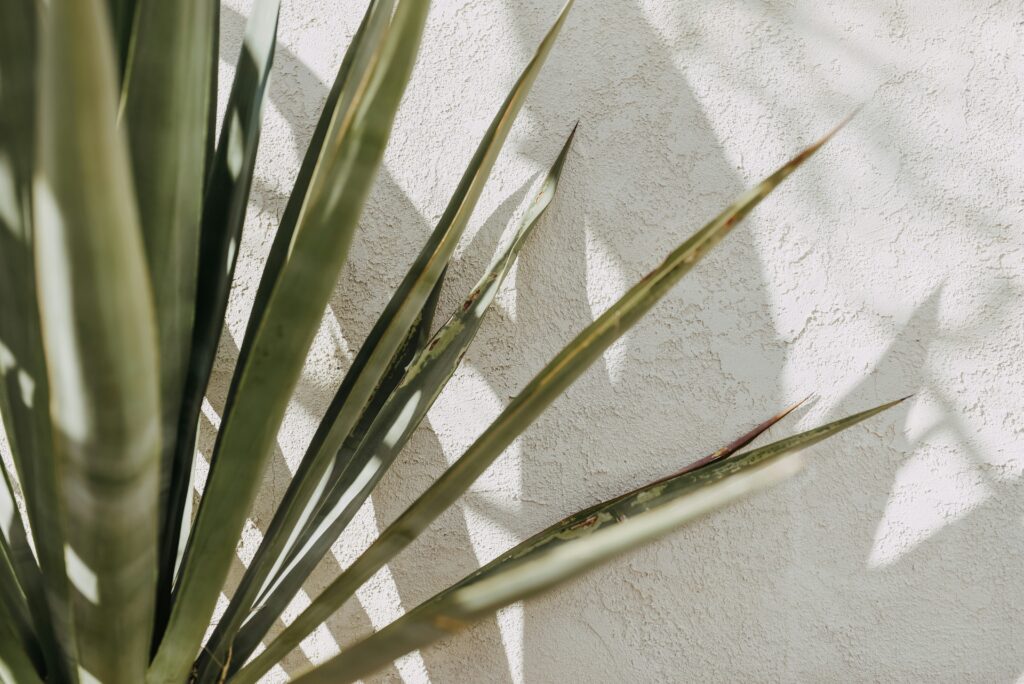
Palms are a fantastic choice for creating a tropical oasis in your conservatory. Varieties such as the Areca Palm and Kentia palm are popular due to their graceful fronds and resilience. Palms prefer bright, indirect sunlight and consistent moisture, making them well suited to the conditions of a sunroom. Their tall, slender trunks and feathery leaves can create a sense of height and drama.
In addition to their aesthetic appeal, palms are effective at filtering indoor air and increasing humidity levels. This makes them not only beautiful but also beneficial for your indoor environment. To keep palms healthy, ensure they receive adequate water and are protected from cold drafts. Regularly cleaning their leaves can also help absorb sunlight more efficiently. With their exotic charm, palms can transform your conservatory into a lush, tropical haven.
Caring for Your Conservatory Plants
While each plant has its specific needs, there are general care tips that can help your conservatory garden thrive:
- Lighting: Most conservatory plants prefer bright, indirect light. Be mindful of how the sun moves across your conservatory and adjust plant placement accordingly. Rotate your plants periodically to ensure even growth and prevent them from leaning towards the light source.
- Watering: Overwatering is a common mistake. Ensure pots have good drainage and only water when the soil feels dry to the touch. Using a moisture meter can help you gauge when it’s time to water, preventing root rot and other water-related issues.
- Humidity: Conservatories can become dry, especially in the winter. Consider using a humidifier or misting your plants regularly to maintain humidity levels. Grouping plants together can also create a microclimate that retains moisture, benefiting humidity-loving species.
- Temperature: Keep your conservatory at a consistent temperature to avoid stressing your plants. Avoid placing plants near drafts or heating vents. Investing in a thermostat can help you monitor and maintian the ideal temperature for your plants.
- Feeding: Use a balanced fertiliser during the growing season to support healthy growth and flowering. Be cautious not to over-fertilise, as this can lead to nutrient burn. Follow package instructions and adjust feeding frequency based on your plant’s specific requirements.
Conclusion
A well curated selection of plants can transform your conservatory into a lush, inviting space that you can enjoy year-round. By choosing plants that are suited to your unique environment of a sunroom, you not only enhance the beauty of your home but you also create a tranquil retreat that brings you closer to nature. The diversity of plants available allows you to express your personal style and preferences, creating a conservatory that is uniquely yours.
Whether you’re a seasoned gardener or just starting, these top 10 plants provide a range of options to suit any style and level of expertise. Each plant offers its own set of benefits, from purifying the air to adding vibrant colour and textures. So go ahead, bring the outside in, and watch your conservatory flourish with life and colour. With the right care and attention, your conservatory can become a cherished sanctuary that nurtures both plants and people alike.
Looking to use your conservatory all year round?
Many conservatory owners have the same old issue of their conservatories being too hot in the summer and too cold in the winter if you are one of the many who are struggling with these issues CLICK HERE too see how we can help you make your conservatory useable all year-round

